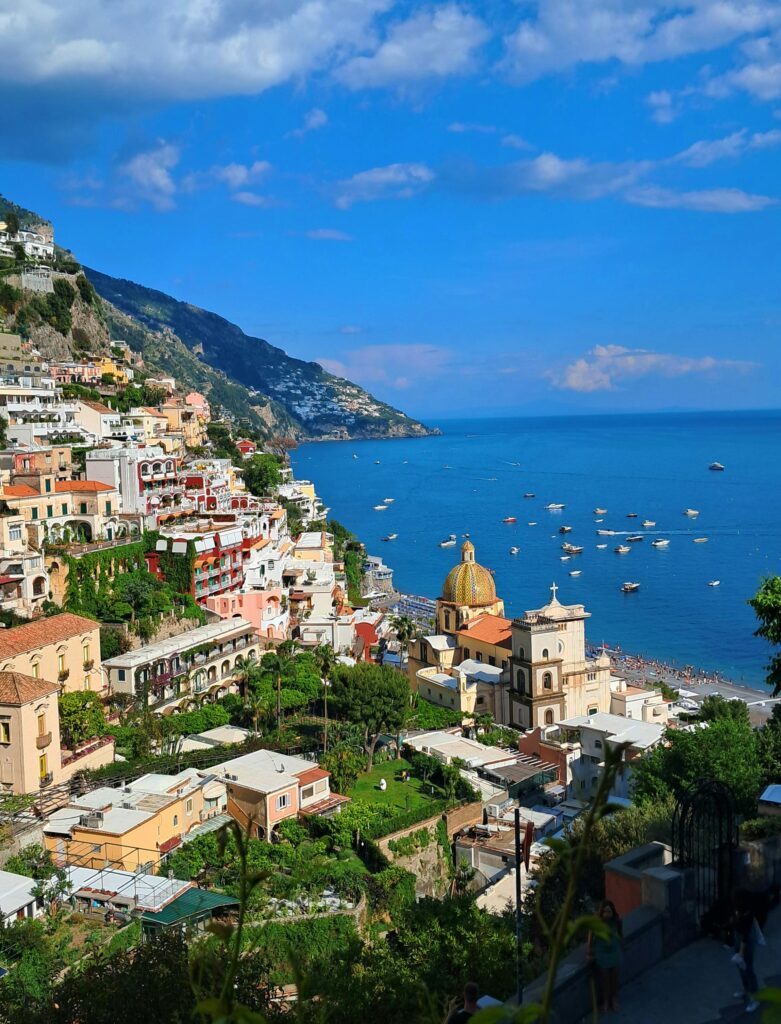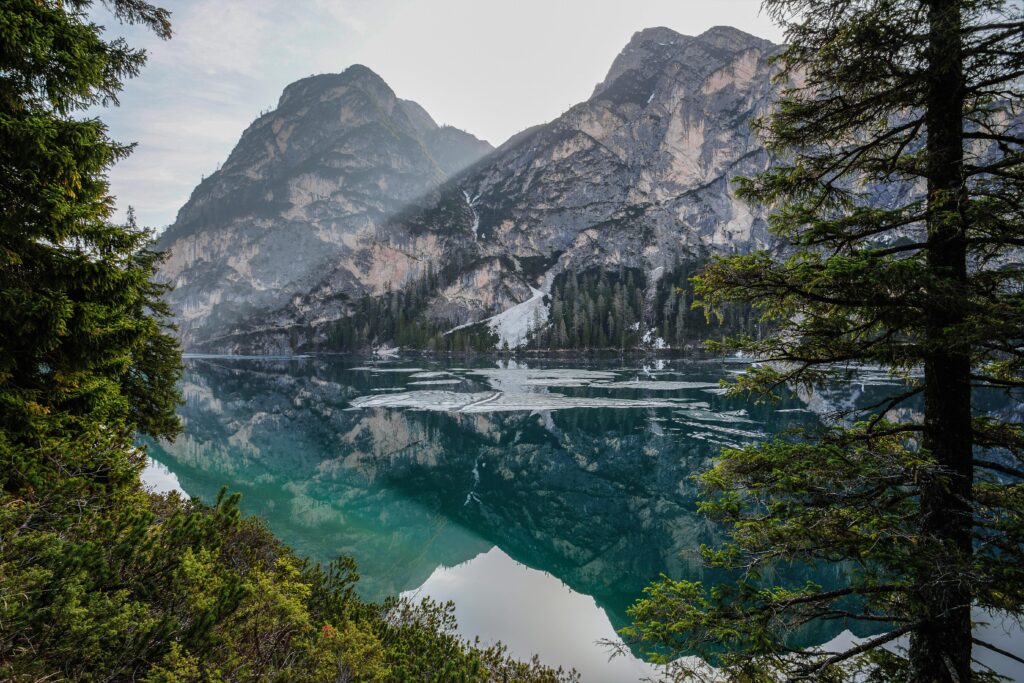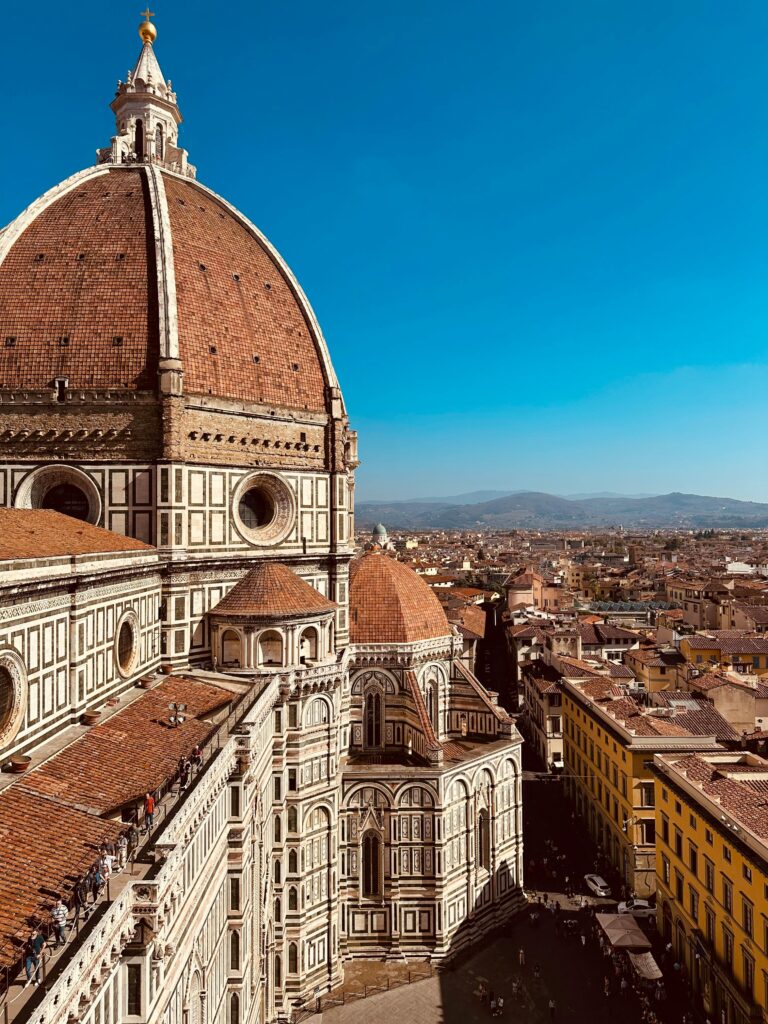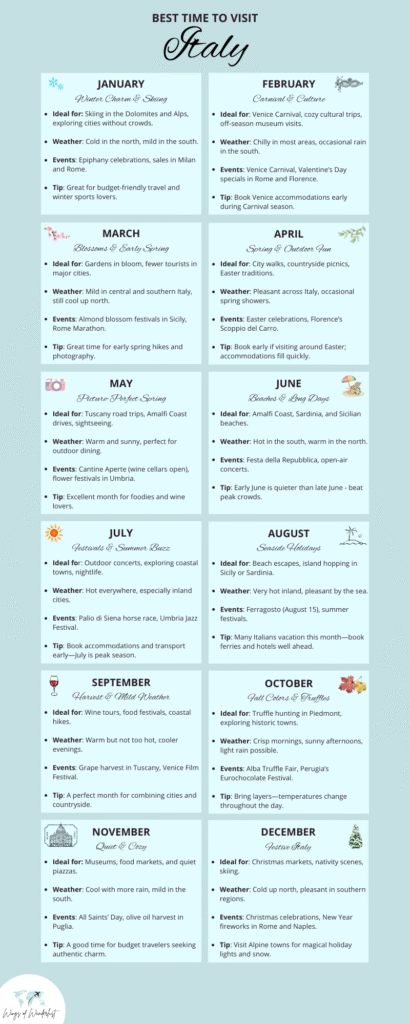Italy’s charm is undeniable, but timing your visit makes all the difference. Understanding when is the best time to visit Italy helps you enjoy perfect weather, avoid overwhelming crowds, and make the most of every moment. This guide explores the best time of year to visit Italy, with insights for different regions, activities, and budgets.
- Why Choosing the Best Time to Visit Italy Matters
- Spring in Italy (March – May): One of the Best Times to Visit Italy
- Summer in Italy (June – August): When Is the Best Time to Visit Italy for Beaches
- Fall in Italy (September – October): Best Time of Year to Visit Italy for Food and Wine
- Winter in Italy (November – February): Best Time to Visit Italy for Culture and Skiing
- Regional Guide: Best Time to Visit Italy by Destination
- Best Time to Visit Italy by Travel Style
- Challenges: When Not to Visit Italy
- Practical Tips for Planning the Best Time to Visit Italy
- Conclusion: When Is the Best Time to Visit Italy?
Why Choosing the Best Time to Visit Italy Matters
Italy stretches from the snowy Alps to the sun-kissed shores of Sicily, and this diversity means each area offers a different experience depending on the season. The Dolomites can be blanketed in snow while Capri basks in warm sunshine. The time of year affects not only the weather but also prices, festivals, and even the opening hours of attractions.
If you’re hoping to wander through the Uffizi Gallery without queues, hike the rugged trails of Cinque Terre, or sip wine on a Tuscan terrace, planning the right timing is essential. Peak summer brings energy and festivals, but also long lines and higher costs. Shoulder seasons provide balance, while winter rewards patient travelers with low prices and tranquil streets. Choosing the best time of year to visit Italy lets you match your trip to your style.
Best Time of Year to Visit Italy: A Seasonal Breakdown
Spring in Italy (March – May): One of the Best Times to Visit Italy
Spring is among the best times to visit Italy, blending pleasant weather with the excitement of a country waking from winter. Fields and hillsides burst with wildflowers, and cities like Rome, Florence, and Venice fill with life but not yet the summer rush.
In Tuscany, spring means open-air wine tastings and green vineyards. Umbrian towns host flower festivals like Infiorata, decorating streets with intricate petal mosaics. Rome’s gardens, such as Villa Borghese, are lush and ideal for relaxed strolls.

Spring Highlights in Italy:
- Mild temperatures (15–22°C / 59–72°F) in most areas
- Blooming landscapes are perfect for photography
- Affordable hotel rates and fewer tour groups
Pro tip: Be prepared for occasional rain showers, particularly in northern regions, and bring a light jacket or umbrella.
Summer in Italy (June – August): When Is the Best Time to Visit Italy for Beaches
For many, summer is the classic choice when asking when is the best time to visit Italy. Warm seas, long days, and festive energy make it perfect for beach lovers and festival-goers.
Along the Amalfi Coast, Positano’s pastel houses glow in the sun, and ferries connect you to hidden coves. Sardinia’s beaches boast Caribbean-like waters, while Sicily hosts lively celebrations such as Palermo’s Santa Rosalia festival. City squares buzz with concerts and outdoor cinema nights.

Why Visit Italy in Summer:
- Ideal for swimming, boating, and enjoying Mediterranean beaches
- Bustling nightlife in coastal towns and large cities
- Extended daylight hours for sightseeing
Still, travelers should expect high prices for accommodation, packed attractions, and intense heat in inland cities like Florence or Rome, where midday temperatures often exceed 35°C (95°F). To cope, plan activities early or late in the day and take advantage of shaded cafes or siestas.
Fall in Italy (September – October): Best Time of Year to Visit Italy for Food and Wine
Autumn is often one of the best choices when considering the best time to visit Italy. The air cools, crowds recede, and the countryside shines with rich colors.
This season is synonymous with culinary delights. Tuscany and Piedmont celebrate grape harvests with wine festivals, while Alba hosts its famous truffle fair. In Umbria, olive groves invite tastings of freshly pressed oil. Scenic drives through Chianti reveal amber hills and villages hosting seasonal markets.

Top Reasons to Visit Italy in Fall:
- Comfortable temperatures, ideal for walking tours
- Abundant food festivals and vineyard tours
- Fewer tourists, making iconic sights more enjoyable
Although showers become more frequent by late October, they rarely spoil the magic of crisp mornings and lively piazzas.
Winter in Italy (November – February): Best Time to Visit Italy for Culture and Skiing
Winter transforms Italy into a quieter, more romantic destination. Cities like Florence, Rome, and Venice reveal their treasures without the rush of crowds, allowing you to linger in galleries, churches, and cafes.
In the north, the Alps and Dolomites draw skiers with pristine slopes and charming chalets. Christmas markets brighten squares in Bolzano, Verona, and Florence, while Rome’s nativity scenes bring festive spirit. Southern regions such as Puglia or Sicily remain pleasantly mild, perfect for exploring archaeological sites without summer heat.

Winter Perks in Italy:
- Budget-friendly accommodation and airfares
- Easier access to major attractions
- Seasonal events like Carnival in Venice or New Year fireworks in Naples
Be aware of shorter daylight hours and occasional closures in small seaside villages or mountain hamlets.
Regional Guide: Best Time to Visit Italy by Destination
Italy’s geography means the best time to visit Italy can vary greatly between north and south:
- Northern Italy (Milan, Dolomites, Lake Como): Late spring and early fall offer moderate weather and fewer tourists. Winter is excellent for skiing and Christmas markets.
- Central Italy (Rome, Florence, Tuscany): April, May, September, and October combine mild weather with manageable crowds. These months are perfect for museums, gardens, and day trips.
- Southern Italy & Islands (Amalfi Coast, Sicily, Sardinia): May to June and September are top picks for beach days and island hopping. July and August work for sun-seekers but bring higher prices and busy ferries.

Best Time to Visit Italy by Travel Style
Different trips call for different timings. Match your plans to the season:
- Beach holidays: Late June to early September is the best time of year to visit Italy for sunbathing, snorkeling, and sailing.
- Outdoor adventures: Spring and fall suit hikers, cyclists, and anyone exploring nature reserves like Gran Paradiso or the Dolomites.
- Cultural getaways: Winter or spring allows calm visits to the Vatican Museums, Uffizi, or Pompeii.
- Food and wine: September and October bring grape harvests, truffle hunts, and olive oil tastings.
Challenges: When Not to Visit Italy
While every season has beauty, a few periods may not suit your plans:
- High summer (July–August): Inland cities can become sweltering, with busy squares and expensive hotels.
- Major holidays: Easter, Ferragosto (August 15), and Christmas see price spikes and closures.
- Deep winter in remote areas: Some ferries to islands and small coastal inns close until spring.
Avoiding these times ensures more space, better prices, and a calmer experience.
Practical Tips for Planning the Best Time to Visit Italy
To make your Italian adventure smooth:
- Book trains, flights, tours, and stays well in advance during peak and shoulder seasons.
- Research regional holidays and local festivals – they can enrich your trip but also affect opening times.
- Pack layers: mornings and evenings can be cooler even in spring and fall, so plan your packing accordingly
- Choose early or late summer if you want beach weather but less intense heat.
Month-by-Month Infographic
This visual month-by-month guide on the best time to visit Italy can make planning even easier. It outlines weather averages, major festivals, and tips for each month, making it a handy resource for travelers who like to see all their options at a glance.

Conclusion: When Is the Best Time to Visit Italy?
For most travelers, the best time to visit Italy is spring (April–June) and fall (September–October). These periods blend lovely weather, lively events, and more reasonable prices. Summer appeals to those chasing beaches and nightlife, while winter invites budget-savvy visitors and culture lovers. Whatever season you pick, Italy rewards you with history, art, landscapes, and unforgettable cuisine.


Leave a Reply